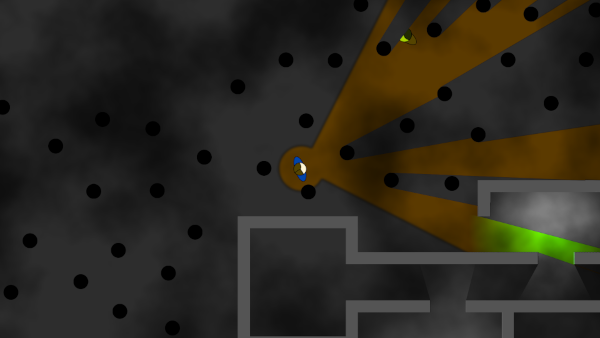I entered a game for the Indie Game Clinic’s Collab Jam too! Our game is Spacial Delivery. Honestly, I think we wiffed on the theme, but the game turned out pretty good, so I'm still proud of it.
However, I don't see Goreticulture on the jam submission page. Did something go wrong submitting it? You might be able to get the Indie Game Clinic guy to let you submit still if there was a problem.

Git here. Subversion for a while before that. And source safe, or as I like to say source "safe", before that.
But maybe a better question would be, what source control hosting site (if any) do you use? And do any of them not forcibly use your code to train their AI?